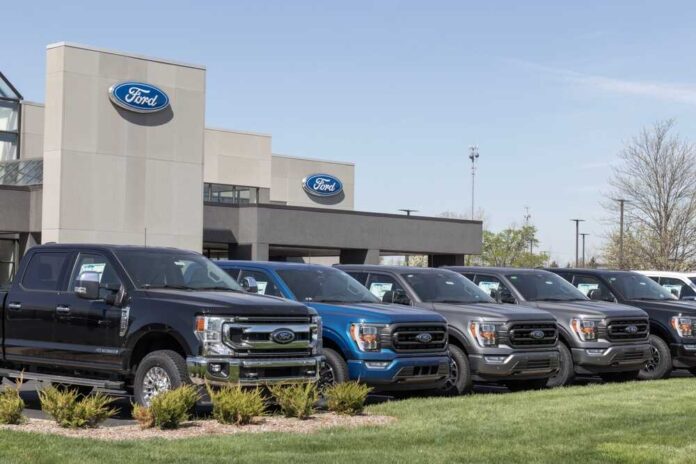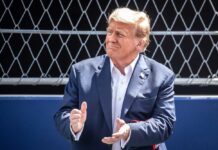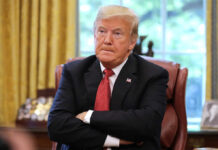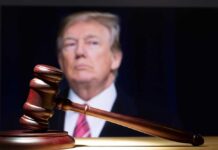
In a shrewd decision, the Trump administration is stepping forward to support America’s carmakers by mitigating the often crippling tariffs, leading the auto industry to celebrate.
See the tweet below!
Through decisive action, President Trump aims to stabilize an industry hammered by financial uncertainties, keeping true to his commitment to bringing back auto production to the US. How these changes will ripple through the economy remains to be seen.
The announcement on April 29, 2025, brought a sigh of relief to many within the industry.
By trimming down the 25% tariff on auto imports, Trump aims at relieving US manufacturers from exorbitant cost hikes.
The decision underscores a direct response to the challenging trade policy environment the auto sector finds itself in today.
The executive order issued institutes partial reimbursements for tariffs paid on imported parts, following the value of US production.
Cars produced abroad will still be subject to tariffs, maintaining a shield for domestic manufacturers.
This move signals the administration’s resolve to bolster the domestic production landscape, encouraging a strategic shift of resources back to the homeland.
“Trump was ‘committed to bringing back auto production to the US,’” said Treasury Secretary Scott Bessent, cited by The Guardian.
US automakers have been vocally advocating for this relief.
Ford CEO Jim Farley noted the importance of such policies in promoting affordable supply chains, vital for domestic growth.
The administration, despite the hurdles, stays firm on ensuring no additional government costs will stem from the rebates, further cushioning the industry without taxpayer strain.
President Trump’s readiness to negotiate with 17 trading partners represents an essential step towards addressing ongoing trade uncertainties.
These talks might further reshape existing tariffs as the administration adapts its approach.
Trump’s past imposition of a 145% tariff on Chinese products underscores the complexity of international negotiations – the outcome of which is yet to visibly unfold.
“This deal is a major victory for the President’s trade policy,” Commerce Secretary Howard Lutnick commented, highlighting the dual goal of rewarding domestic manufacturers while allowing time for those shifting operations back to US soil to adjust.
However, this relief is not without its critics. Analysts suggest the financial relief may not fully offset ongoing costs from the tariffs.
The Commerce Department’s plans for using tariff revenue to fund these rebates marks a novel approach, potentially setting a precedent for future economic strategy and negotiations.
What remains undeniable is that this strategy is as much about signalling commitment as it is about practical execution.
“Ford welcomes and appreciates these decisions by President Trump, which will help mitigate the impact of tariffs on automakers, suppliers, and consumers,” Farley reiterated, encapsulating the broader sentiment among industry giants.
Auto manufacturers worried about operational costs can take this as a silver lining.
Trump’s strategy comes as a reassurance for American workers relying on this vital industry.
The conversation about stabilizing and growing US production has only just begun, and whether this act will spur a ripple effect of domestic growth and self-sufficiency is something to watch closely in the coming months.
White House confirms 'stacked' tariff reprieve for auto industry https://t.co/flZIn4360s
— CNBC (@CNBC) April 29, 2025



















